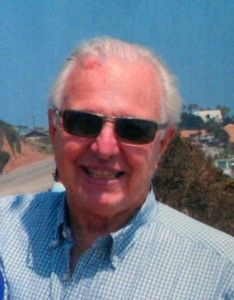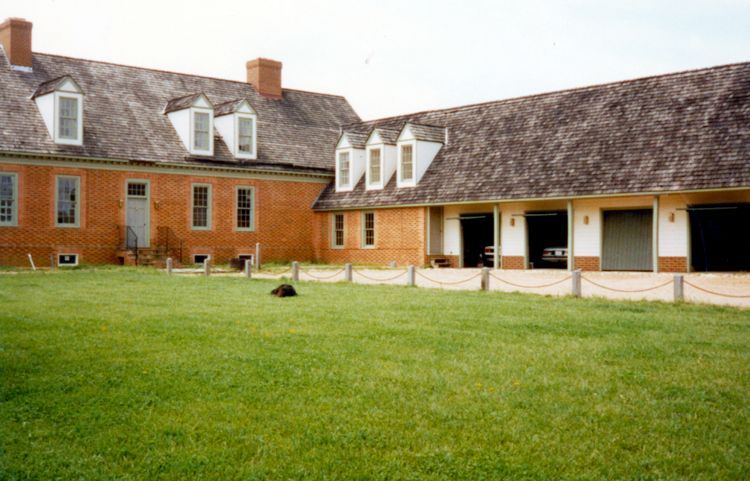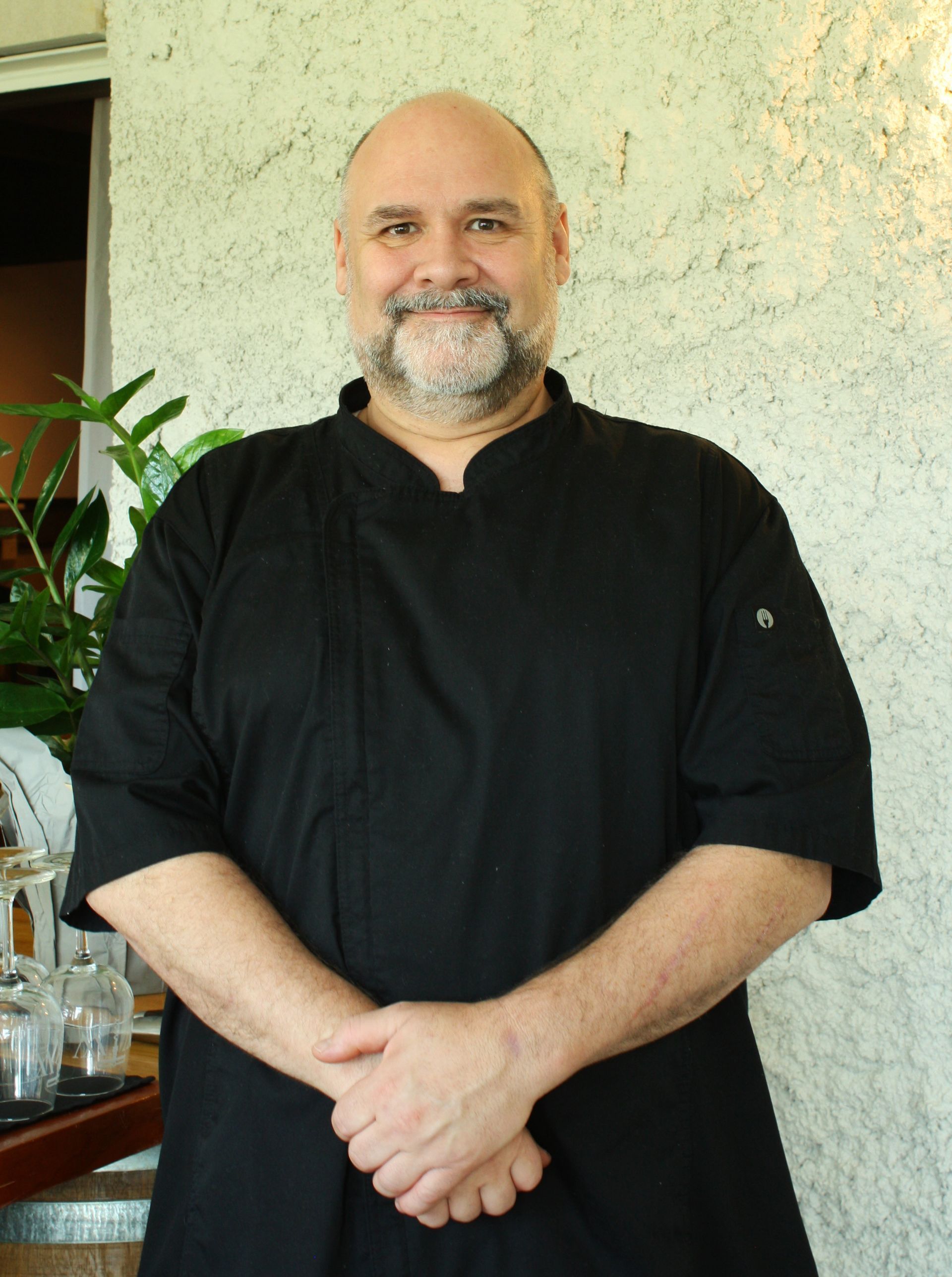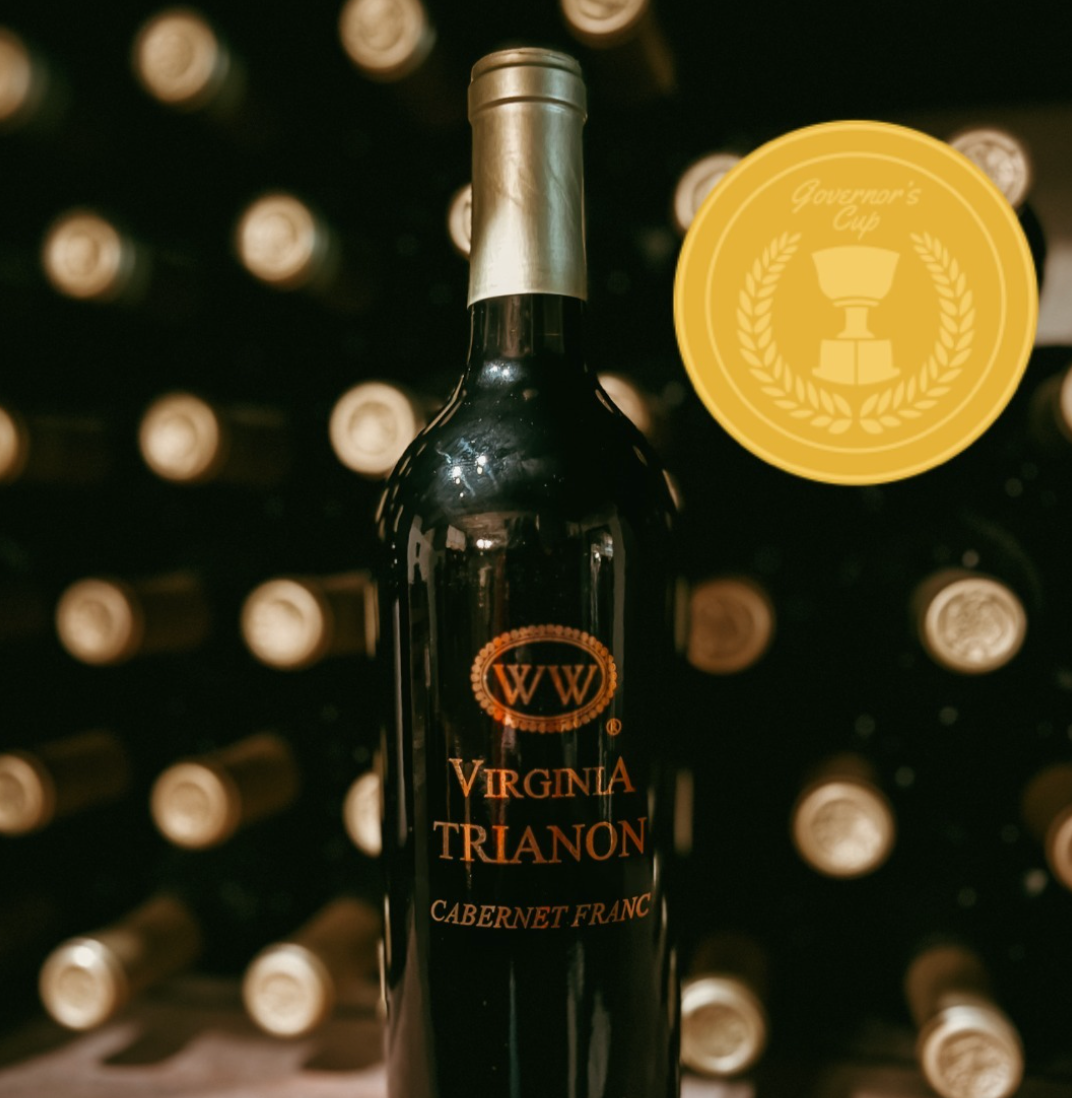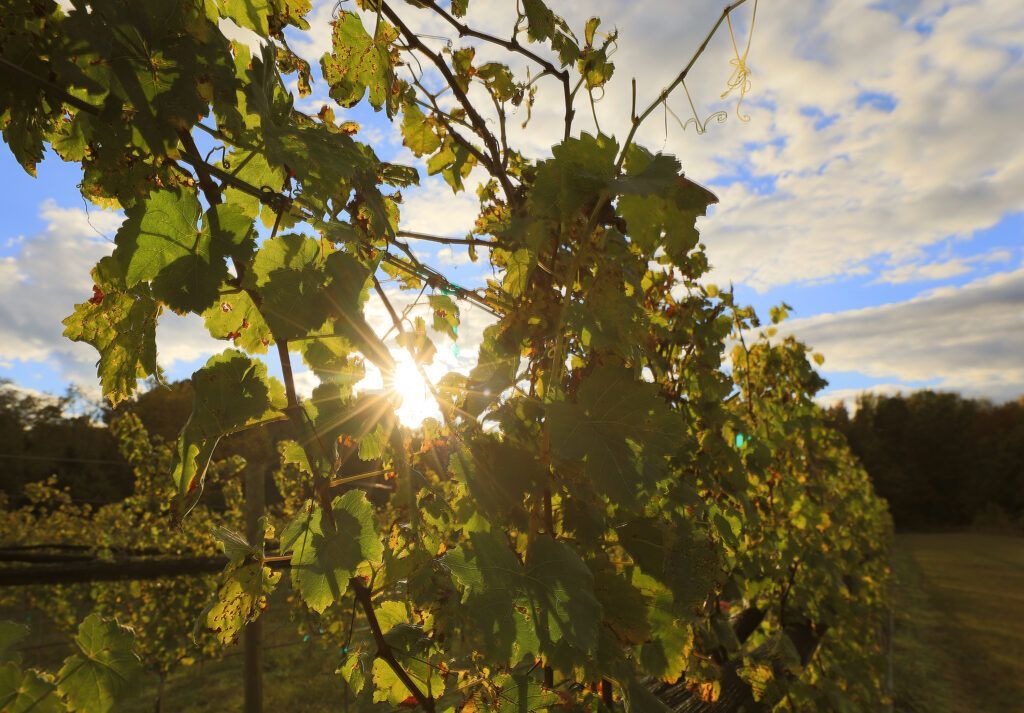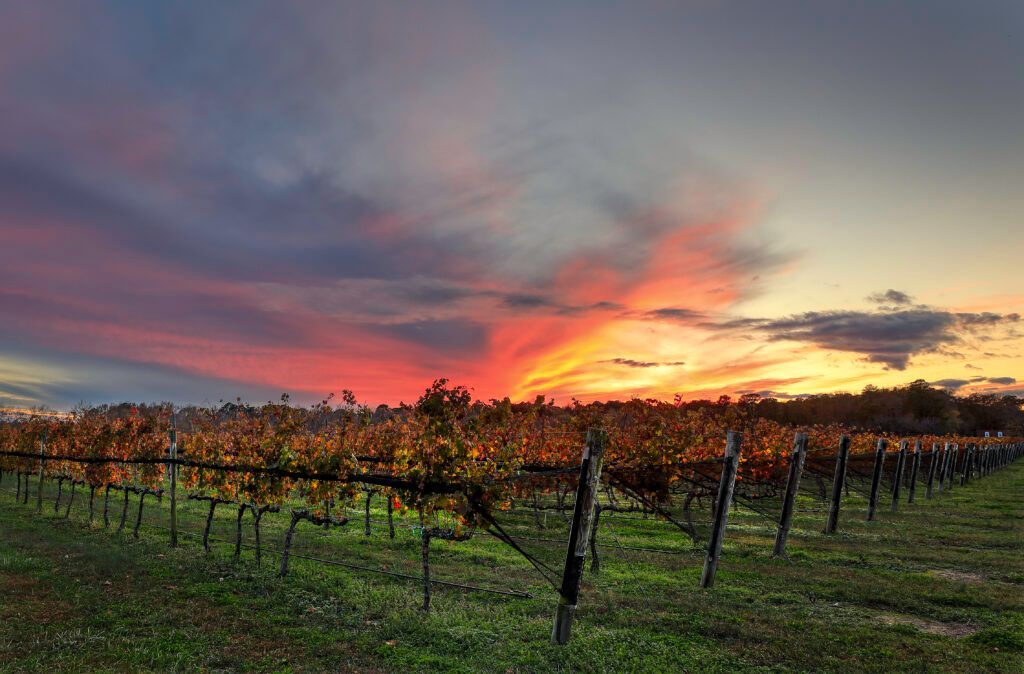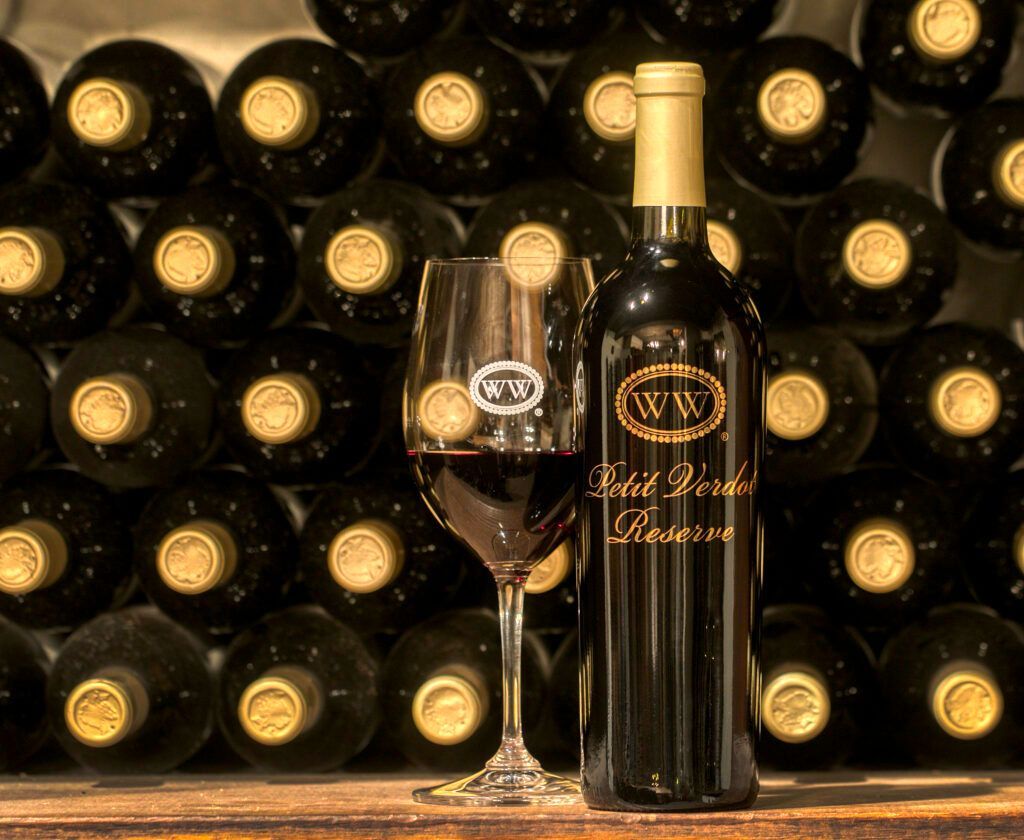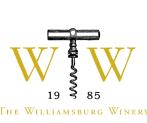Part 13: Jump in the Project with Both Feet
It reminded me of the famous quote of Caesar crossing the Rubicon. “Alea Iacta Est”. (The die has been cast.)
Oh, yes, the time was January ’87. I was negotiating with the representative of the family that had the control of the international operations of Fragrances Selective. There had been a split in the family on their thought about expanding their international operation vs expanding through acquisition in the Latin world. The decision had been made to sell the US operation. My work in the restructuring of the Swiss and Dutch companies had been completed and therefore I finalized the terms of my departure and the sale of my small equity in the company which I could then apply to the winery project.
One of the many rather sad moments was to say goodbye to many of the very talented people I had engaged in the belief that the promises of the future focused on growth and professionalism dedicated to business success and which had now evaporated.
The pleasant other side of the coin is that I remained on very friendly terms with George Share, the Executive VP of Fragrances Selective, who had given his utmost to help double the sales of the US operation in less than 4 years. George is like an older brother to me, and we still see each other regularly.
Another person whom I had considerable concern about her new future was my executive assistant from Barcelona. Josefina Antem, a young Spanish lady who had spent time in the UK and was unbelievably efficient.
Thanks to Facebook, we were able to connect again via internet. Josefina found my whereabouts and wrote to me after no news from ’87 until earlier this year. It has been most gratifying to connect with friends and/or even acquaintances by being able to send and receive messages that bring warmth to the heart in this modern society of so many artificial connections.
Of course, Peggy and I had known for years that we had made the decision that the project was going to be our destiny. Still, leaving the position of international executive, travelling to many beautiful places and concentrating on getting things done with a group of wonderful people and receiving a substantial compensation demanded a bit of adaptation.
Yes, the die had been cast, as I tend to refer to it sarcastically today. I changed my life from being underworked (not totally true) and overpaid (again, not totally true either) to the reverse (that absolutely true), but I have loved it and that was what we wanted to do.
We had purchased an expensive farm, began a project that would virtually “eat me alive” seven days a week with a great many unknowns. A very good friend has told me that perseverance is the key. Indeed, it has been.
Peggy and I were then living on the farm and working on our projects one hundred percent. Our big goal was also to finish up the interior of the new house and move in it. This would allow us to use the old 1736 rehabbed building for a friend of Rob Bickford and his wife who could then move in and focus on all the serious winery construction that was ahead of us.
Patrick II, Terence and I began working, whenever time allowed, on installing the tongue-in-groove pine floors. We hired a crew to install the drywall and another crew to do the painting.
If we put things in perspective, that was the slowest construction of a house. Begun in ’84 as previously stated in Part 6, we had the garage wing completed by the end of that year. Masonry for the basement and the massive two-story structure allowing for nine open-hearth fireplaces were completed by Mr. Hardy and his crew in the spring of ‘85. Framing of the main portion was Mike’s project. Peggy and I dedicated our time to the first planting of grapes.
Construction moved along nicely, but things slowed down during a rather cold winter.
During ’86, the brick work and the expansive cedar roof were finished, and the grounds could be addressed by bringing the soil level up several feet to provide a good drainage on the North side. On the South side, the sloping ground would provide all the drainage that we might ever want and gave a view onto the acreage.
Focusing on the winery project, step number one in ’87, was to build the first winery center: a 60’ x 24’ building that was to house the tractors and equipment as well provide a comfortable apartment, on the upper level, for Jeanette Smith, our viticultural manager.
Designs were promptly done and submitted to the County for approval.
We got our craftsman carpenter to focus on this new project and placed the completion of our new house aside. In no time, the building was constructed right on the same footprint of an erstwhile barn on the farm.
Then came certification for occupancy. Mike, the carpenter, called and advised me that the code compliance people were on the site and were unhappy. I drove down and met with them and the issue was simple. We had built a bathroom downstairs for our viticultural personnel and the seat was one half inch too close to the wall according to regulations. I could not believe it.
I was told that we could remove the toilet bowl and the building would pass code for occupancy. I argued that it was my wish to provide personnel with clean and pleasant latrines rather than tell them to go in the woods. Finally, one of the three inspectors came up with a solution, suggesting that we use a PVC adapter that would allow the bowl to move that special half inch away from the wall. Another storm in a tea-cup. We followed the recommendation, and Jeanette was cleared to move into her apartment that had all the pleasant conveniences that any hard working dedicated person deserves to have.
Viticulture planning was on the forefront of the action. We expanded vineyards on site and again visited as many Virginia vineyards as we could. During the summer, Jeannette hired Eric Capps who was to prove a valuable associate for many years. Eleven acres of vineyards were planted that year.
In the meantime, we began filing our application for the federal permit to operate a winery and learned that it was slightly more complicated than we thought. Requirements included FBI clearance, personal interviews with federal agents, granting the federal government unlimited access to our bank accounts, disclosing the sources of our savings, etc.
Then, we also had to receive a state farm winery license. We met with Chris Curtis, then VA Head of ABC Compliance, around our kitchen table, and that was actually neat. Virginia was interested in developing the wine industry, and we therefore enjoyed a receptive audience even if the application had to strictly follow procedures.
Next on the list was where were we going to do our first crush? We had been advised that securing our federal and state permits would take possibly six months. Our application had been filed on July 20. There was no way that we could have the building approved for our first crush and production. We had to be creative.
We inquired as to whether we could lease a portion of another winery, install our own tanks in their facilities and process our first crush there. We were advised that such was approved.
Among the regular trips that we had made, Charlottesville had been high on our list as the then epicenter of the winemaking development in Virginia. We had developed a good relationship with the Reeder family that owned and operated Burnley Vineyards, and we quickly made a proposal that they accepted as they found the project interesting.
In the course of a visit to Charlottesville, we met with Steve Warner whom we had met during our tour of Wineries in ’84 to discuss his eventual interest in working with our operation. Over a luncheon on Route 29 with Steve, newly married to Brenda, Peggy and I made him a proposal. We came to an agreement that he would join us in late November.
Next was ordering stainless steel tanks. California, of course, was the place to source those tanks. We were advised that another winery in construction under the control of Tom Payette, was also planning on acquiring tanks from the West Coast. We coordinated with them and secured that our three 1500 gallon tanks as well as the other tanks were on the same trailer to reduce shipping costs.
Upon arrival, we were there to help unload the various tanks and install them first in Tom’s winery and then within the cellar of Burnley. We had ordered them with special stands such that they would be easy to place on a regular concrete floor. (The bottom of a tank is sloped to facilitate cleaning).
Jeannette had taken care of the viticultural contracts such that we would have the grape supply that we felt was needed. One contract was with a vineyard on the Eastern Shore; one with a vineyard owned by Seagram’s West of Charlottesville; and, a third from Northern Virginia. That and our limited harvest on site would be sufficient to plan a production of some twenty-five hundred cases.
Since the first planting, I had been intrigued by the importance of packaging and particularly wine labels. I remember our friend Barend Lodbrok, the head of a division of Hoechst in Germany with whom I had discussed our winery plan. He was a man of refined style, a great admirer of modern art, and was emphatic about the importance of label design for wines.
For months, I had been looking into the concept of a label design. We labored through an entire list of hundreds of ideas. One of our investors gave us a large envelope of perhaps sixty or more existing labels to use as a base to create different options. We also wanted to have unique names for the various products. Finally, with the assistance of Kathy Gilbert who was the designer in a shop of a couple of neat ladies from Richmond, we came up with both a design for a logo and the visual balance for the label.
Simultaneously, we had been in extensive conversation with a local lawyer turned business entrepreneur who recommended and subsequently assisted us to transform the partnership into a “Sub S Corporation” and bring in a few participating local investors. That was wrapped up in late August. We held the first shareholders’ meeting in Berret’s, a nice seafood restaurant in the old part of Williamsburg, and were joined by Dr. Don Messmer, a faculty member of William & Mary who taught marketing.
We had Riesling, Vidal and Chardonnay. Our total production plan was for 2500 cases of whites and a blush. I went to Crozet, just below the Skyline Drive, with Jeannette Smith who, at that time, was our vineyard manager to coordinate the picking.
It was a beautiful day and the pickers worked very well until, all of a sudden, a cloud opened up just as the picking of the grapes was completed and we needed to lift the lugs and put them on the back of the trailer. The pickers decided that they were finished, ran towards their vehicles and disappeared. It was left to Jeannette and me to get the grapes to the winery. She drove the tractor and I collected the lugs walking ankle deep in red clay under a heavy downpour.
We drove the tractor and the trailer to Burnley and processed the grapes. That was our first crush, twenty five years ago.
Then, in October our hearts started pumping faster. The Dow Jones had a terrible seismic downfall of some 23 percent. The news was alarming. We sat grim faced at the kitchen table and planned an alternative course pending a clear vision of where things were going to lead us. By the late evening, we had a plan: keep our personnel and discuss cutbacks in salaries. (At that time Peggy and I were operating on our savings and felt we had the resources to face an extended deferral if needed).
Very soon, the economic environment got back to a more optimistic course and we could shelve our “emergency” plan.
Whenever time allowed we continued finishing the new house and, by Thanksgiving, we moved in . All the bedrooms and bathrooms were operational as was the kitchen. There were several rooms that needed final touches, but they could wait. Ken Crook, his wife and children moved into the old house. The working team was expanding.
On November 24th, we received our ATF approval and the ABC telephoned us to tell us that we were immediately being issued our Farm Winery License.
The folks at Burnley advised us in early December that the fermentation of our grape juice was about completed. Racking and filtering were next, and we could come and pick up samples of our juices.
Excitement and expectations. Rob Bickford planned to come down from New York for the tasting. Jeannette and Steve were equally on edge. 1987 had been a race.
What were those first wines going to taste like?
(To be continued)
Patrick G. Duffeler
Founder & CEO
